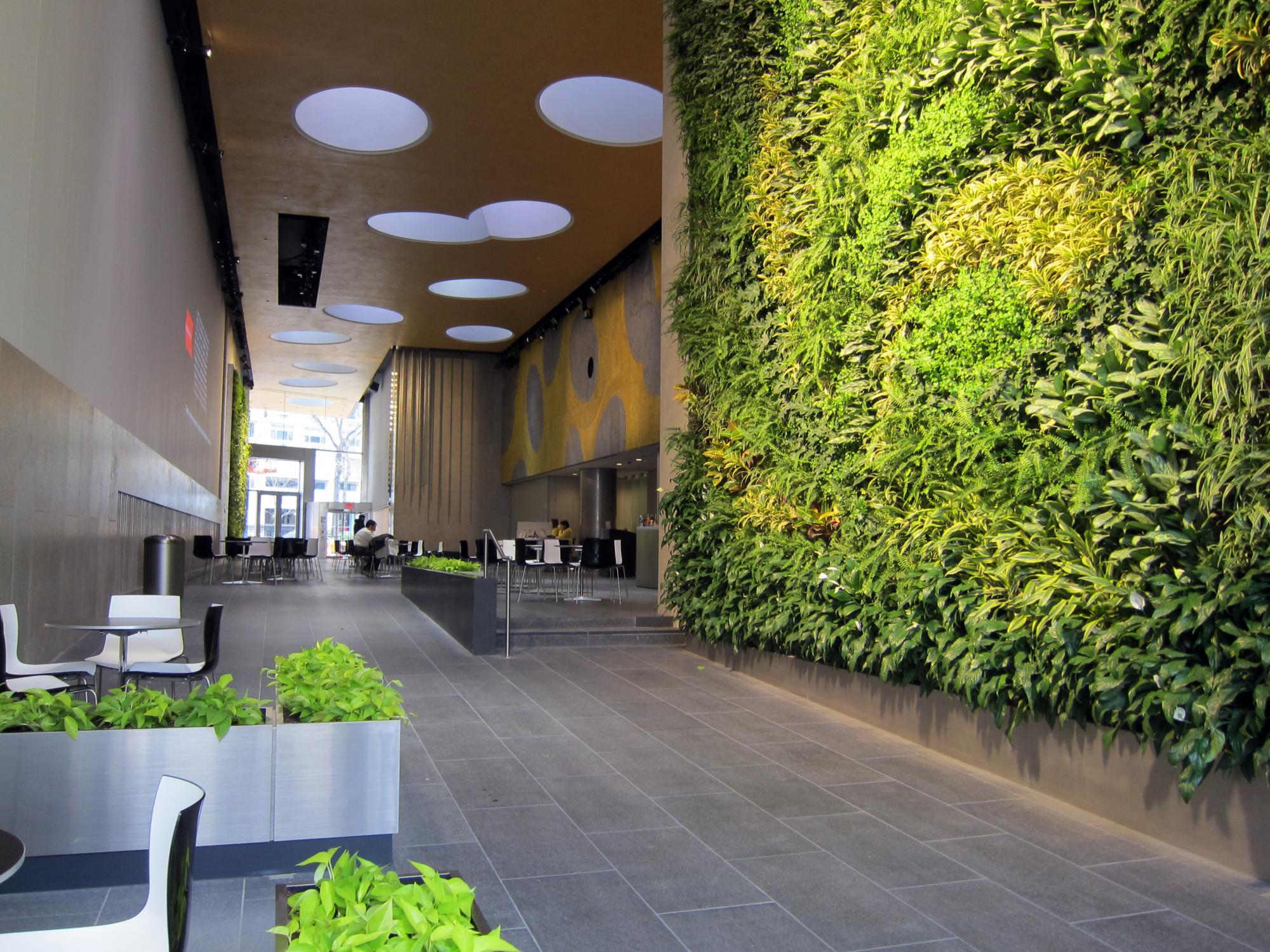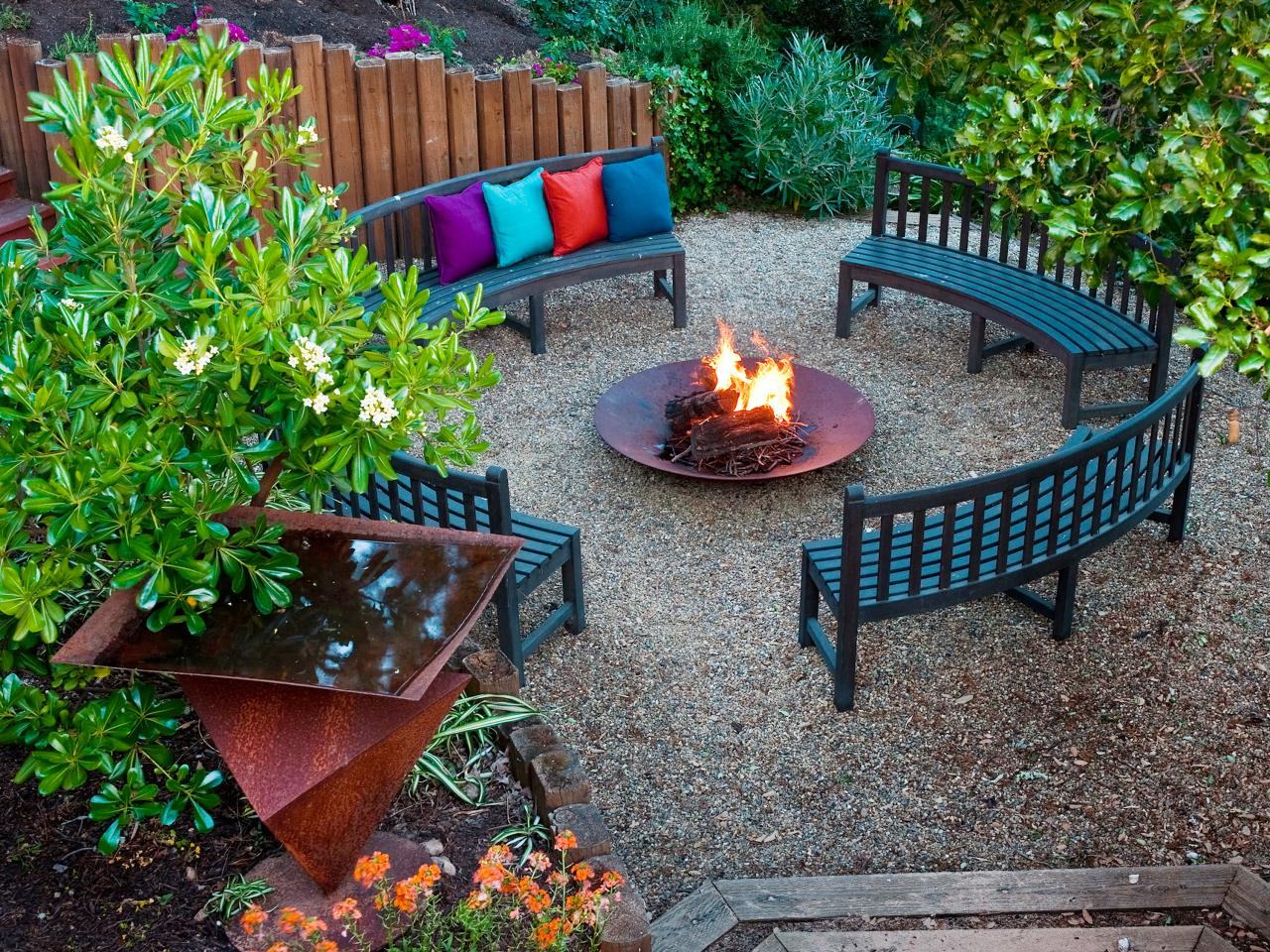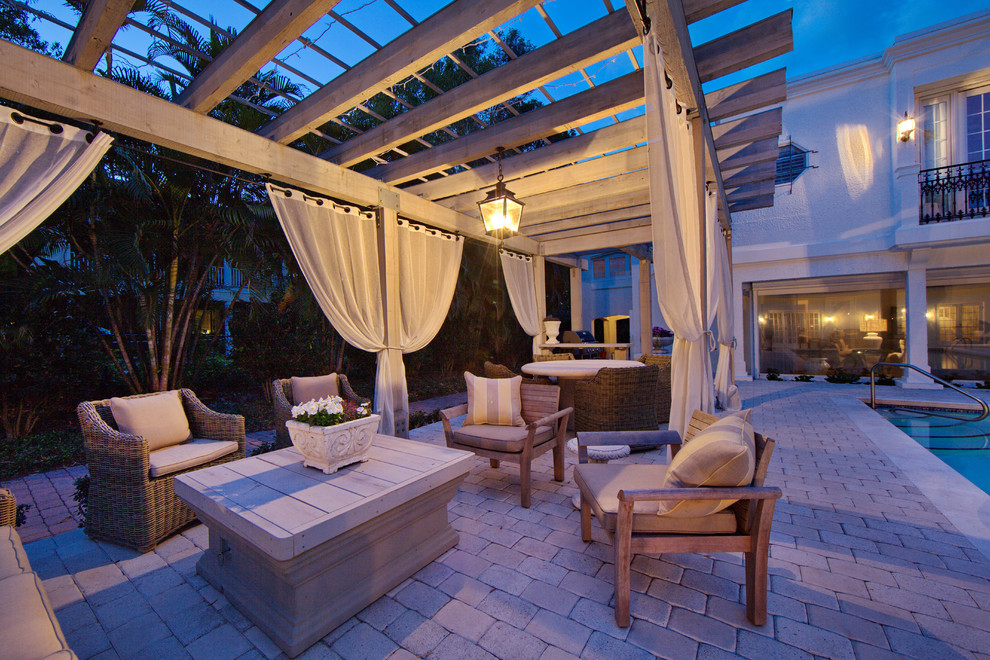Urban gardening in shaded areas can be challenging, but with the right low light plants, you can transform your space into a lush oasis. Whether you’re dealing with a balcony, patio, or small backyard, finding suitable plant options is essential to breathe life into dimly lit urban environments. In this post, we’ll explore an array of low light plants that thrive in shaded urban gardens. From resilient ferns and peace lilies to vibrant snake plants and pothos varieties, there are numerous options for planting perennials in a shaded garden.
Discover how these low light plants, including ferns, not only survive but also thrive in urban settings while adding aesthetic appeal and purifying the air. Embrace the opportunity to elevate your outdoor living space with greenery that flourishes even in limited sunlight, like the Best Plants for Small Urban Gardens.
Key Takeaways
- Choose shade-tolerant plants like ferns, hostas, and caladiums to thrive in low-light urban spaces.
- Understand the plant hardiness zones to ensure the selected plants can withstand the specific climate conditions of shaded urban areas.
- Opt for plants with ideal heights and spreads that fit the available space in urban gardens, such as compact shrubs or low-growing ground covers.
- Embrace foliage plants like peace lilies, snake plants, and pothos to add greenery and texture to shaded urban gardens.
- Incorporate ground cover plants like ajuga, lamium, or creeping jenny to create visual interest and cover bare soil in shaded areas.
- Introduce colorful flowering plants such as impatiens, begonias, and astilbes to bring vibrancy and charm to shaded spots in urban gardens.
Selecting the Right Plants for Shaded Urban Spaces
Thriving in Low Light Conditions
Consider varieties such as ferns and hostas. These plants are well-suited to thrive in shady areas and can add a touch of natural beauty to your urban garden. Their ability to flourish in partial shade and dark makes ferns ideal choices for urban settings with limited direct sunlight. For example, ferns are known for their lush, green fronds that bring a sense of tranquility to any space, while hostas offer attractive foliage in various shades of green.
Ivy is another popular choice that works exceptionally well in shady areas. Its cascading vines create an enchanting effect, making it a desirable option for adding visual interest to woodland settings or shaded nooks within an urban garden. By opting for these shade-tolerant plants with leaves, you can transform even the darkest corners of your outdoor space into inviting pockets of greenery.
Enhancing the Shady Atmosphere with Dark Green Foliage
When selecting plants for shaded urban spaces, prioritize those with dark green foliage and suitable growing conditions. This color not only complements the subdued lighting conditions but also contributes to creating a calming and serene atmosphere within your garden. The deep hues of dark green leaves stand out beautifully against the muted backdrop of shady areas, bringing life and vibrancy to these spaces.
For instance, consider incorporating varieties like Japanese painted ferns or hellebores into your garden design. Both these plant species feature rich shades of green, flowers, and growing conditions that effortlessly enhance the allure of shaded spots within an urban setting. By choosing plants with darker foliage colors such as deep greens or even purples, you can effectively elevate the visual appeal of your outdoor area despite its lack of abundant sunlight.
Understanding Plant Zones for Shade Tolerance
USDA Plant Hardiness Zone Map
Understanding plant zones is crucial. Different plants have varying levels of shade tolerance, so it’s essential to know which ones are suitable for your urban garden. One way to determine the appropriate plants for your region is by familiarizing yourself with the USDA Plant Hardiness Zone Map. This map divides North America into 13 different zones based on average annual minimum winter temperature and growing conditions.
Each zone represents a 10°F difference in temperature from adjacent zones, helping you identify which plants are likely to thrive in your specific climate and full shade. For instance, if you live in Zone 5 where temperatures can drop as low as -20°F, you would look for low light plants that are known to withstand such cold conditions.
Specific Shade Requirements
In addition to considering hardiness zones and feet, pay attention to the specific shade requirements mentioned on plant labels or online resources when selecting low light plants. Some may thrive in partial shade, while others require full shade or dappled sunlight. Understanding these requirements will help you choose the right varieties that can flourish in the limited light conditions of an urban garden.
For example, certain ferns and hostas are well-suited for partial shade areas where they receive a few hours of direct sunlight each day but remain sheltered from intense afternoon sun. On the other hand, mosses and certain types of ivy thrive in full shade environments where little to no direct sunlight reaches their feet throughout the day.
Ideal Heights and Spreads for Urban Shade Plants
Compact Varieties
When choosing low light plants for shaded urban gardens, it’s crucial to consider the mature height and spread of the plants. Look for compact varieties that won’t overcrowd or overshadow other plants nearby. For instance, a compact hosta variety might have a spread of 18-24 inches, making it an excellent choice for smaller urban garden spaces.
Compact shade plants are ideal because they don’t take up too much space horizontally. They allow you to grow more varieties in your limited urban garden area without sacrificing beauty or diversity. These compact options, such as the Best Plants for Small Urban Gardens, can be strategically placed to create depth and visual interest within your garden.
Focal Points
Incorporating taller shade plants as focal points in your urban garden adds vertical interest and draws the eye upward. For example, a tall fern with a height of 36-48 inches could serve as an elegant focal point amidst shorter surrounding plantings.
Taller shade plants also provide a sense of scale and structure to your garden design. They can help break up the monotony of lower-growing foliage while creating layers within the landscape. When chosen thoughtfully, these taller specimens become essential elements that add depth and dimension to your shaded urban oasis.
Foliage Plants That Thrive in Low Light Conditions
Diverse Options
There are several options to consider. Snake plants, pothos, and peace lilies are popular choices known for their ability to thrive in low light environments. These plants not only survive but also flourish without direct sunlight.
These foliage plants boast a variety of leaf textures and patterns, adding visual interest to your shaded urban garden. The green leaves of snake plants or the variegated patterns on pothos can bring life and vibrancy even in dimly lit spaces. By choosing these attractive foliage options, you can enhance the aesthetics of your urban garden.
Complementary Role
In addition to their visual appeal, foliage plants play an essential role as accents or fillers when combined with flowering plants in shaded urban gardens. While flowering plants may struggle due to lack of sunlight, foliage options like ferns remain resilient even during dry spells or low light conditions.
Foliage acts as a supporting element that complements the vibrant blooms of other shade-tolerant flowers such as impatiens or begonias. This combination creates a balanced and visually appealing landscape within limited light conditions.
Ground Cover Plants for Urban Garden Texture
Lush Carpet Effect
Consider using ground cover plants. These low light plants, such as creeping Jenny or ajuga, can thrive in shaded areas and create a lush carpet-like effect. Picture your garden like a beautiful tapestry of greenery that adds an enchanting touch to your outdoor space.
Ground covers not only contribute to the aesthetic appeal but also serve as a natural backdrop for other plants. They help fill in spaces between larger plants while providing a protective layer over the soil. This creates an attractive and cohesive look while helping keep moisture within the soil.
Weed Suppression and Low Maintenance
In addition to their visual appeal, ground cover options are excellent at suppressing weed growth in urban gardens. By forming a dense mat over the soil surface, they prevent sunlight from reaching weed seeds below, effectively inhibiting their germination and growth.
Furthermore, opting for low-maintenance ground cover varieties is essential when cultivating shaded urban gardens. Look for options that require minimal care and attention once established. These plants should be able to thrive in moist soil conditions without demanding frequent watering or fertilization.
Ground covers are excellent choices for adding interest and character to your urban garden without requiring extensive upkeep or maintenance efforts. With their ability to withstand shade conditions and enhance the overall texture of your garden, these low light plants are valuable assets for any urban gardener looking to transform their outdoor space into an inviting oasis of greenery.
Colorful Flowering Plants for Shaded Garden Spots
Vibrant Blooms
When creating a shaded garden, it’s essential to incorporate plants that thrive in low light conditions. Opt for colorful flowers such as impatiens, begonias, or astilbes. These plants bring vibrant hues and add a pop of color to your urban garden.
For instance, impatiens come in various shades including pink, red, purple, and white, providing an array of options to brighten up the shaded areas. Meanwhile, begonias offer showy flowers in colors like yellow and red which can create stunning visual appeal in your garden.
Year-Round Interest
To ensure year-round interest in your shady gardens, select plants that bloom at different times throughout the year. This way, you can enjoy blossoms during various seasons despite the limited sunlight available. For example, consider incorporating geraniums which produce colorful blooms from spring through fall.
Opting for flowering plants with staggered blooming periods ensures a continuous display of beautiful blossoms even in dappled shade areas within your urban garden.
Creative Display Options
Maximize space and showcase the beauty of flowering plants by utilizing hanging baskets or vertical planters in your shaded urban garden spots. Hanging baskets are ideal for displaying trailing varieties like fuchsias or lobelias while vertical planters allow you to grow an assortment of shade-loving flora such as hostas with their elegant foliage.
Utilizing these creative display options not only adds visual interest but also maximizes the use of available space effectively.
Trees and Bulbs Suitable for Urban Shade Gardens
Selecting Shade Trees
When creating a low light garden in an urban area, it’s essential to choose the right shade trees. Dogwoods and Japanese maples are excellent options. These trees not only provide shade but also add height and structure to your garden, creating a visually appealing environment.
These deciduous perennial trees are perfect for urban gardens as they thrive in shaded areas, enhancing the overall aesthetic of the space while providing relief from direct sunlight. When selecting these trees, consider their mature size and spacing requirements to ensure they fit well within your urban garden without overcrowding.
Planting Thriving Bulbs
In addition to shade trees, planting bulbs such as lilies or daffodils can bring bursts of color to your shaded urban garden during their blooming season. These bulbs are ideal for adding pops of vibrant colors in areas with limited sunlight. Lilies, with their stunning blooms, can brighten up any shady corner while daffodils offer cheerful yellow hues.
Bulbs like lilies and daffodils are resilient plants that can thrive in low light conditions typical of shaded urban gardens. They require minimal maintenance once established and contribute significantly to the visual appeal of the space by introducing lively colors amid the greenery.
Tips for Cultivating a Healthy Shade Garden
Adequate Moisture
Low light plants for shaded urban gardens require consistent watering, especially during dry periods. This is crucial to ensure that the plants receive sufficient moisture in the absence of direct sunlight. Without adequate water, these shade plants may struggle to thrive and could wilt or die.
For example, ferns and hostas are common low light plants that need regular watering to maintain their health in shaded areas. By keeping the soil consistently moist, you can create an optimal environment for these plants to flourish despite the limited light exposure.
Using organic mulch is also beneficial as it helps retain moisture in the soil while suppressing weed growth. Mulch acts as a protective barrier against evaporation and regulates soil temperature, creating a favorable habitat for shade-loving plants.
Soil pH Levels
Monitoring full shade, light shade, or deep shade garden’s soil pH levels is essential for cultivating healthy low light plants. Adjusting the pH level based on specific plant requirements ensures optimal growing conditions. For instance, some acid-loving shade plants thrive in lower pH levels, while others may prefer neutral or slightly alkaline soils.
By testing and adjusting the soil’s acidity or alkalinity accordingly, you can provide an ideal foundation for various low light plant species such as astilbes or heucheras to develop strong roots and lush foliage despite being grown in shady environments.
Maintaining appropriate moisture levels along with regulating soil pH creates an environment where even challenging spaces like dry shade can support thriving vegetation.
The Advantages of Embracing Low-Light Urban Gardening
Making the Most of Underutilized Spaces
One of the primary advantages is the ability to utilize underutilized spaces. Balconies, patios, and shady corners often go unused due to their lack of direct sunlight. By embracing low-light gardening, these spaces can be transformed into lush green areas filled with thriving plants. This not only enhances the aesthetic appeal but also maximizes the use of available space in urban environments.
Shaded gardens have a unique advantage in urban settings as they provide a tranquil and cool oasis amidst the bustling city life. The dense foliage and cooler temperatures create an inviting atmosphere that offers a retreat from the intense sun commonly experienced in urban areas. Imagine having your own peaceful sanctuary right outside your doorstep, where you can unwind and relax surrounded by nature’s beauty.
Diverse Range of Unique Plant Species
Embracing low-light gardening allows for an exciting array of plant species that thrive in shaded conditions. From vibrant ferns and elegant peace lilies to exotic snake plants and resilient ZZ plants, there is no shortage of options. These unique plant species not only add visual interest but also contribute to improving air quality while requiring minimal maintenance.
Incorporating low-light plants into urban gardens presents an opportunity to explore different textures, shapes, and colors that may not be as prominent in traditional sunny gardens. This diversity adds depth and character to outdoor spaces while offering new experiences for gardening enthusiasts or anyone seeking a refreshing change from typical garden aesthetics.
- Utilize underutilized spaces such as balconies or patios.
- Create a tranquil oasis away from intense sun.
- Enjoy diverse range of unique plant species thriving in shade.
- Transforming unused spaces into lush green areas is both rewarding and visually appealing.
- Shaded gardens offer a serene escape from busy city life.
Summary
You’ve learned how to choose the perfect plants for your shaded urban garden, considering factors like shade tolerance, height, spread, and foliage. From vibrant flowering plants to versatile ground cover options, you now have a variety of choices to bring life to your low-light garden spaces. Embracing low-light urban gardening not only adds beauty to your surroundings but also contributes to a healthier environment in our concrete jungles. Now it’s time to roll up your sleeves and get your hands dirty! Start cultivating your own lush oasis in the city by applying these tips and selecting the right plants for your shaded urban garden. With a little care and creativity, you can transform those dim corners into thriving pockets of greenery.
Frequently Asked Questions
What are the best low light plants for shaded urban gardens?
In shaded urban gardens, consider ferns, hostas, and coral bells for foliage. For flowering plants, options like impatiens, begonias, and astilbes thrive in low light conditions.
How can I ensure my shade garden thrives despite limited sunlight?
Choose plants that are specifically suited to shade tolerance and provide adequate moisture and nutrients. Consider layering your plantings to create a lush environment similar to a forest floor.
Can I grow trees in a shaded urban garden?
Yes! Some tree species like dogwoods and redbuds tolerate shade well. They add height and structure to the garden while thriving in lower light conditions.
What is the advantage of embracing low-light urban gardening?
Low-light gardening allows you to create a serene oasis even in the midst of an urban environment. It provides an opportunity to cultivate unique plant varieties that flourish in shady spots.
How do I select ground cover plants suitable for my shaded urban garden?
Opt for ground covers such as ajuga, lamium, or sweet woodruff that can spread easily under trees or along pathways without requiring full sun exposure. These will help fill out your garden space beautifully.






